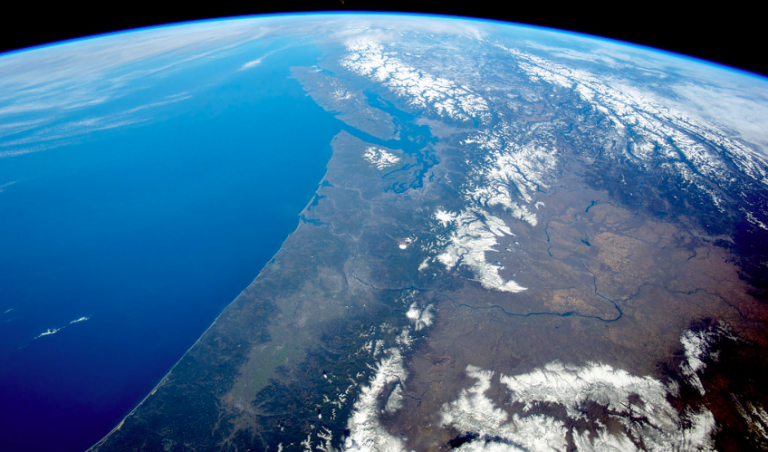Published on February 27, 2020

Seattle, along with the rest of the U.S. West Coast, has seen a decrease in rainfall between 1981-2018. UW scientists think a phenomenon called the Madden-Julian Oscillation (MJO) might be to blame. A stormy disturbance that occurs several times a year in the tropics, the MJO is similar to the El Nino Southern Oscillation, which is notorious for generating extreme winter weather in the Pacific Northwest. Both are closely tied to changes in sea surface temperatures. But while El Nino always remains off the West Coast of South America, the MJO actually moves from the Indian Ocean and across the Pacific.
UW Department of Atmospheric Science’s Daehyun Kim focuses on tropical weather patterns, and recently contributed to research which suggests that trends in decreased rainfall here in the Pacific Northwest may be linked to warming in the Western Pacific Ocean, near Indonesia. The warming ocean affects weather patterns, increasing rainfall in the Amazon, southwest Africa and northern Australia, and reducing it in parts of Asia and Western North America.
As it travels over the tropics, the MJO affects local weather but it also impacts weather patterns thousands of miles away by changing the atmospheric currents moving around the earth. “The change in the West Coast precipitation is consistent with what we’d expect from the changes in the MJO life cycle,” said Kim. Washington, Oregon and California have less rainfall because the ocean on the other side of the globe is warming.
Continue reading at UW College of the Environment Headlines.
Originally written for UW College of the Environment Headlines.